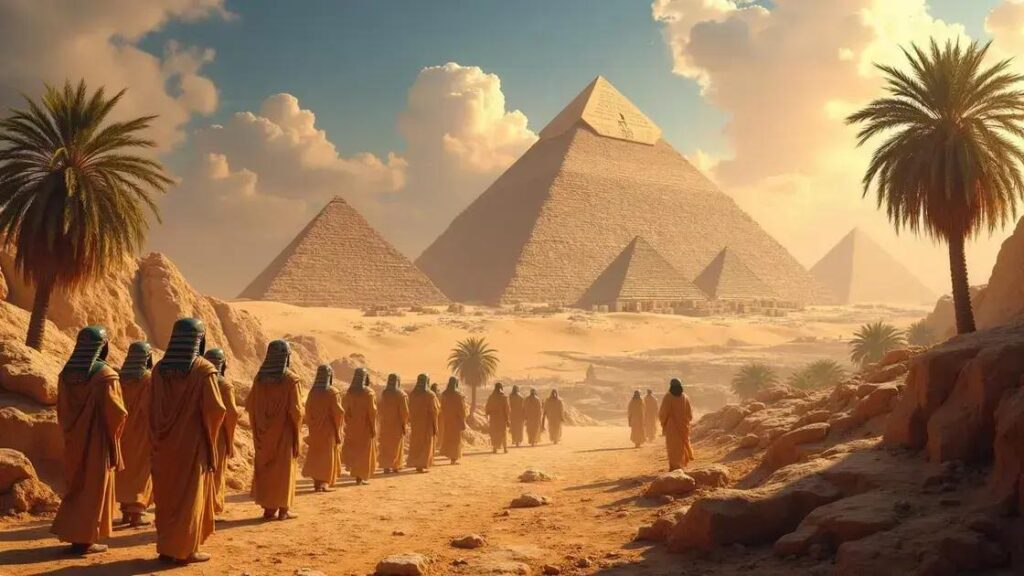The Egyptian Pharaohs were powerful rulers who played a critical role in ancient Egyptian society, overseeing governance, religious practices, and monumental architecture. Recent studies employing advanced technology have revealed new insights into their lives, burial customs, and societal impacts, showcasing how modern archaeology continues to evolve and deepen our understanding of this fascinating civilization.
The Trick of the Egyptian Pharaohs is not just a phrase; it represents the culmination of recent studies that unveil the mysteries of ancient Egypt. Fascinating research has emerged, shedding light on the pharaohs’ lives, their burial practices, and their legacies. This article delves into an overview of this ancient civilization, highlighting recent findings and their implications for modern archaeology. Join us as we explore the captivating details behind these monumental discoveries and what they mean for the future of historical research.
Overview of the Egyptian Pharaohs
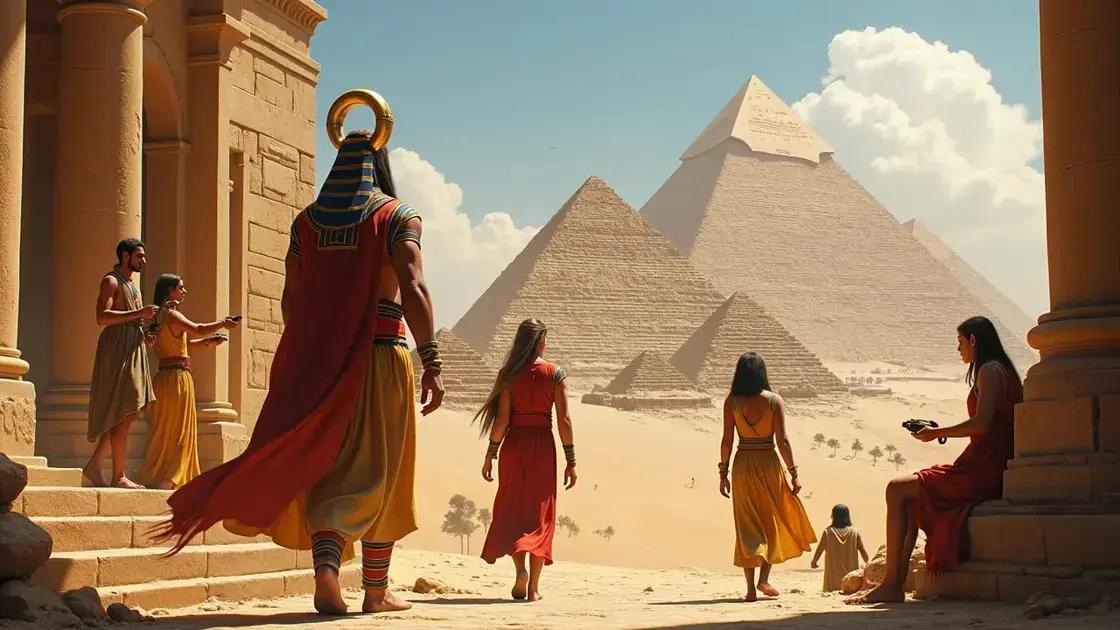
The Egyptian Pharaohs were the most powerful rulers of ancient Egypt, reigning over a civilization that lasted thousands of years. Each pharaoh was considered a god on Earth, embodying both political and spiritual authority. This divine status was incredibly important as it allowed them to maintain order and stability within the kingdom.
Key Pharaohs in History
Some of the most renowned pharaohs include King Tutankhamun, known for his intact tomb, and Ramesses II, famous for his military campaigns and monumental building projects. Each pharaoh contributed to the rich tapestry of Egyptian history, leaving behind legacies that continue to fascinate us.
Daily Life and Governance
The pharaohs were rulers, but they also engaged in daily activities that included managing the economy, overseeing construction projects, and leading religious ceremonies. They had a council of advisors and bureaucrats to assist with governance, ensuring that the needs of the people were met while preserving their divine image.
Religious Beliefs and Practices
Religion played a crucial role in a pharaoh’s life. They built temples and conducted rituals to appease the gods, believing these actions were essential to maintain balance and harmony in the universe. The pharaohs were also responsible for the construction of elaborate tombs, ensuring their safe passage to the afterlife.
Through recent research, we learn more about the lives of these fascinating leaders and their enduring influence on culture and society. The exploration of pharaohs provides invaluable insight into the sophisticated civilization of ancient Egypt and its remarkable achievements. Understanding their world enhances our appreciation for their lasting impact on history.
Recent Research Findings
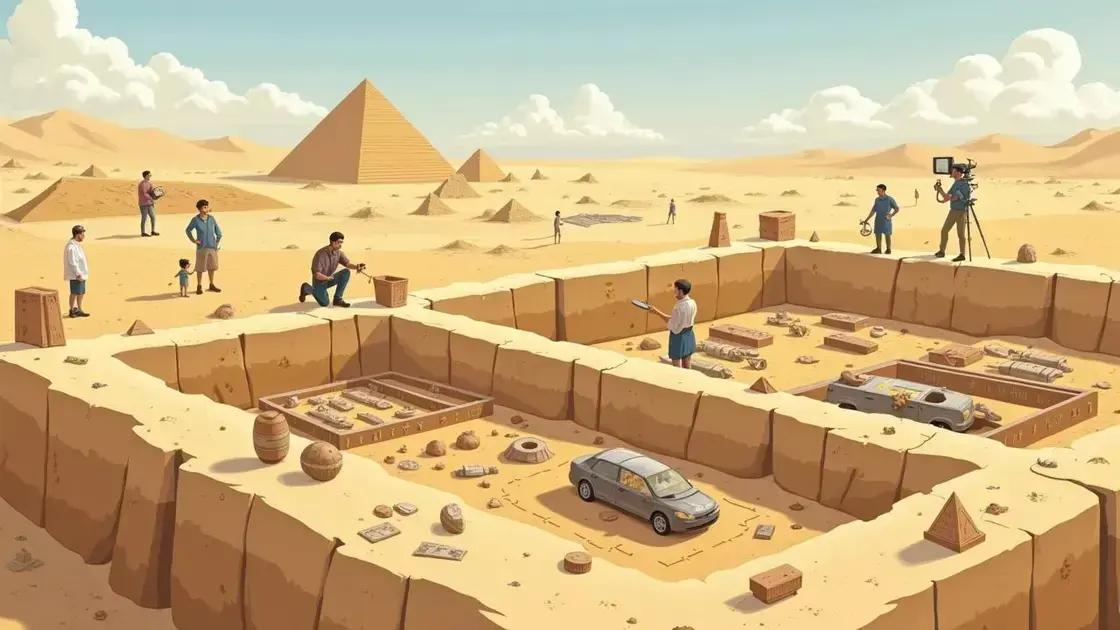
Recent discoveries have unveiled surprising details about the lives of the Egyptian Pharaohs. Archaeologists have employed advanced technologies, such as ground-penetrating radar and 3D imaging, to explore burial sites without disturbing them. These innovations have revealed hidden chambers and untapped resources near famous pyramids, offering new perspectives on how pharaohs were interred.
DNA Evidence
One groundbreaking finding came from DNA studies of mummies, which provided insights into royal lineage and health conditions. Scientists discovered that intermarriage was common among the ruling families, contributing to both genetic disorders and a unique cultural identity. This research has sparked discussions on how genetics influenced the strength of pharaonic rule.
New Burial Practices
Excavations have also indicated shifts in burial practices over various dynasties. Recent studies show that some pharaohs opted for less elaborate tombs, moving away from the traditional pyramid style. This pattern suggests possible changes in religious beliefs or economic conditions during different periods.
Artifacts and Daily Life
Artifacts found in tombs have provided valuable information about daily life in ancient Egypt. Items such as tools, pottery, and jewelry illustrate the craftsmanship of the time. Recent excavations near royal tombs have also unveiled recreational objects, hinting at the leisure activities enjoyed by the pharaohs and their families.
These findings not only enrich our understanding of pharaohs’ lives but also change how we perceive their role in ancient Egyptian society. By examining modern research techniques and their implications, we gain a clearer picture of a civilization that continues to captivate the world.
Impact on Modern Archaeology
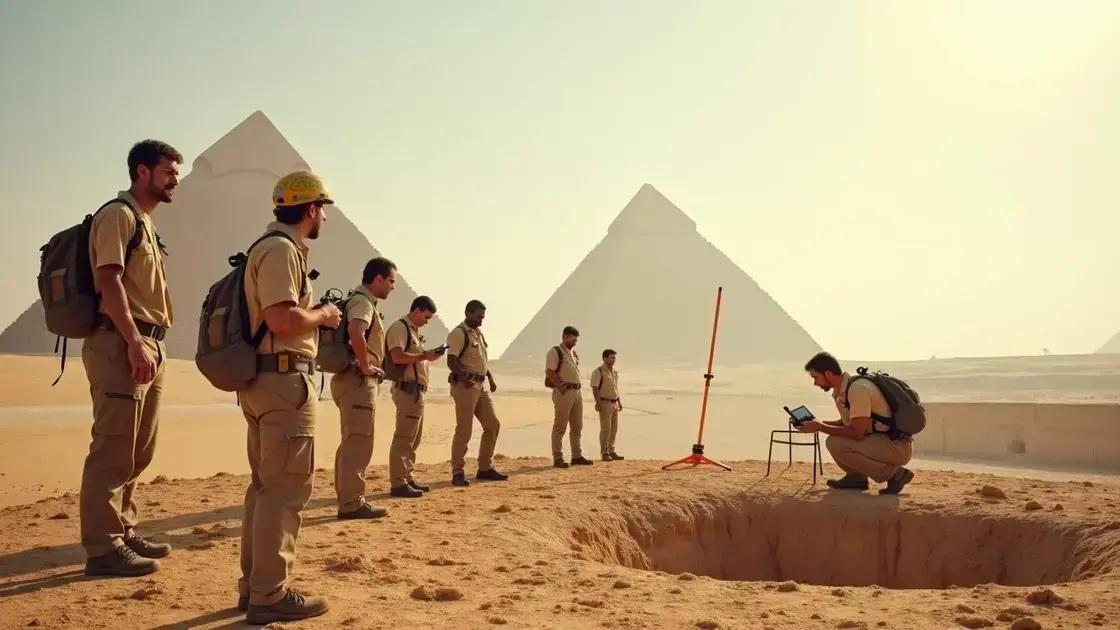
The discoveries related to the Egyptian Pharaohs have significantly impacted modern archaeology. Techniques developed through these investigations have changed how archaeologists explore and understand ancient civilizations. The use of non-invasive methods like satellite imagery and ground-penetrating radar allows researchers to detect buried structures without digging. This careful approach helps preserve historical sites and minimizes damage.
Technological Advancements
Modern archaeology has greatly benefited from cutting-edge technology. For example, 3D scanning is used to create accurate models of artifacts and sites. These models allow researchers to study and share findings globally. Virtual reality and augmented reality technologies also enhance presentations of archaeological data, making it accessible to a wide audience.
Interdisciplinary Collaboration
Another important impact is the collaboration between fields. Archaeologists often work with scientists, historians, and specialists in technology. This interdisciplinary approach creates a more comprehensive understanding of ancient cultures. For example, when studying ancient burial practices, experts in anthropology can provide context for the findings.
Public Engagement and Education
Encouraging public interest in archaeology has never been more critical. Educational programs, museum exhibits, and online resources offer people a chance to learn about Egyptian pharaohs and their legacy. By sharing discoveries and insights, archaeologists can inspire the next generation of explorers and historians.
These advancements in archaeology not only deepen our understanding of the past but also help us appreciate the complex web of history that shapes our world today. The continuous evolution of archaeological methods and public outreach ensures that the stories of the Egyptian Pharaohs remain relevant.
Future Studies and Theories
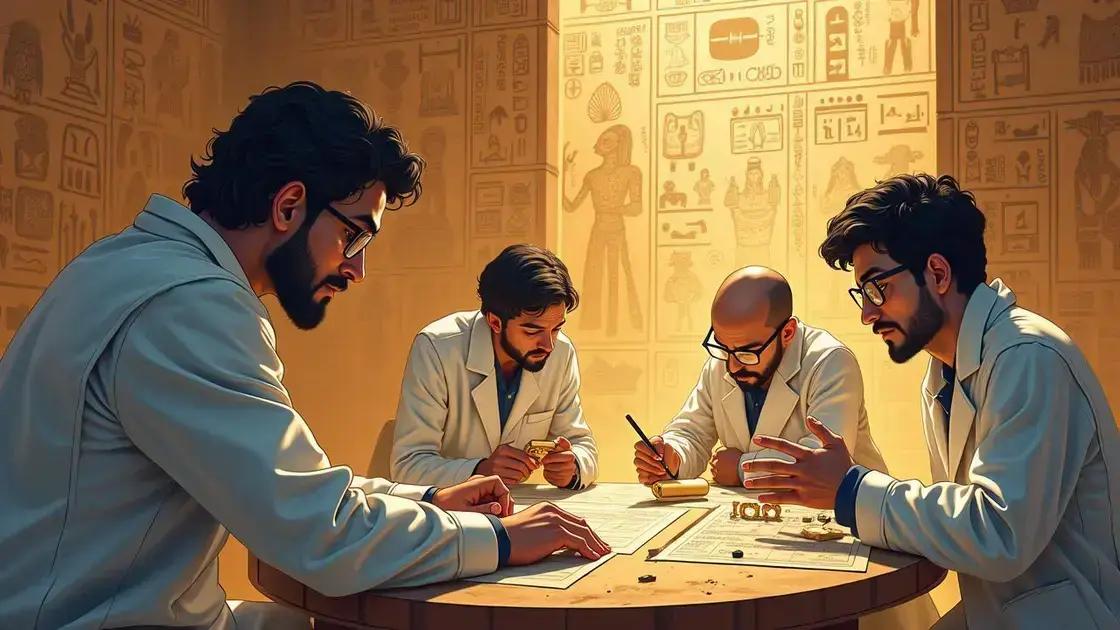
The future of studies related to the Egyptian Pharaohs holds great promise as new questions emerge from recent findings. Researchers are looking to explore previously unexamined areas in greater detail. For example, the use of advanced archaeogenetics may help us understand the genetic makeup of the pharaohs and their connections to other ancient cultures.
Innovative Research Techniques
As technology advances, so does the potential for new research methods. The integration of machine learning and AI could help archaeologists analyze vast amounts of data more efficiently. These technologies can identify patterns and connections that were previously overlooked, leading to fresh insights into ancient Egyptian society.
Theories on Governance and Power
Future studies might also focus on theories regarding the governance structures of the pharaohs. By examining archaeological evidence alongside historical texts, researchers seek to understand how power was distributed and maintained in ancient Egypt. This may illuminate the complexities of pharaonic rule and the dynamics of their relationships with local leaders.
Interdisciplinary Approaches
The importance of interdisciplinary approaches cannot be understated. Collaboration between archaeologists, historians, and scientists will likely continue to enhance our understanding of ancient Egypt. By combining expertise from various fields, studies of the pharaohs can evolve to uncover deeper connections—between their legacies, cultures, and the environment they influenced.
As interest in Egyptian history grows, it opens the door for new studies and theories that challenge our current understanding. The exploration of these subjects is crucial to ensuring that we continue to learn about the fascinating world of the Egyptian Pharaohs.
Unveiling the Mysteries of the Egyptian Pharaohs
The journey through the history of the Egyptian Pharaohs illustrates not only the richness of an ancient civilization but also the evolution of our understanding through modern research. With innovative technology, recent findings, and interdisciplinary approaches, we uncover deeper insights into their lives, governance, and culture.
As archaeologists continue to explore and analyze the remnants of this ancient world, new theories and studies will likely reshape our perceptions. The legacy of the pharaohs remains influential, captivating our imaginations and inviting us to delve further into the mysteries of ancient Egypt.
By embracing advancements in technology and methodology, we ensure that the stories of the Egyptian Pharaohs will continue to enlighten and inspire future generations.
FAQ – Frequently Asked Questions about the Egyptian Pharaohs
What are the main roles of the Egyptian Pharaohs?
Egyptian Pharaohs were considered both political and spiritual leaders, responsible for governing the land and ensuring harmony with the gods.
How has modern technology impacted the study of the Pharaohs?
Modern technology, such as ground-penetrating radar and 3D scanning, has allowed archaeologists to discover and analyze ancient sites without disturbing them.
What recent findings have emerged about the Egyptian Pharaohs?
Recent findings include insights into burial practices, health through DNA analysis, and the discovery of new artifacts that illuminate daily life.
What is the significance of interdisciplinary approaches in archaeology?
Interdisciplinary approaches combine expertise from various fields, leading to a more comprehensive understanding of ancient cultures and their complexities.
What future research areas are important for understanding the Pharaohs?
Future research may focus on genetic studies, governance theories, and advanced technologies to uncover deeper insights into pharaonic life and society.
How can the public engage with Egyptian archaeology?
The public can engage through educational programs, museum exhibits, and online resources that share discoveries and promote interest in ancient history.

